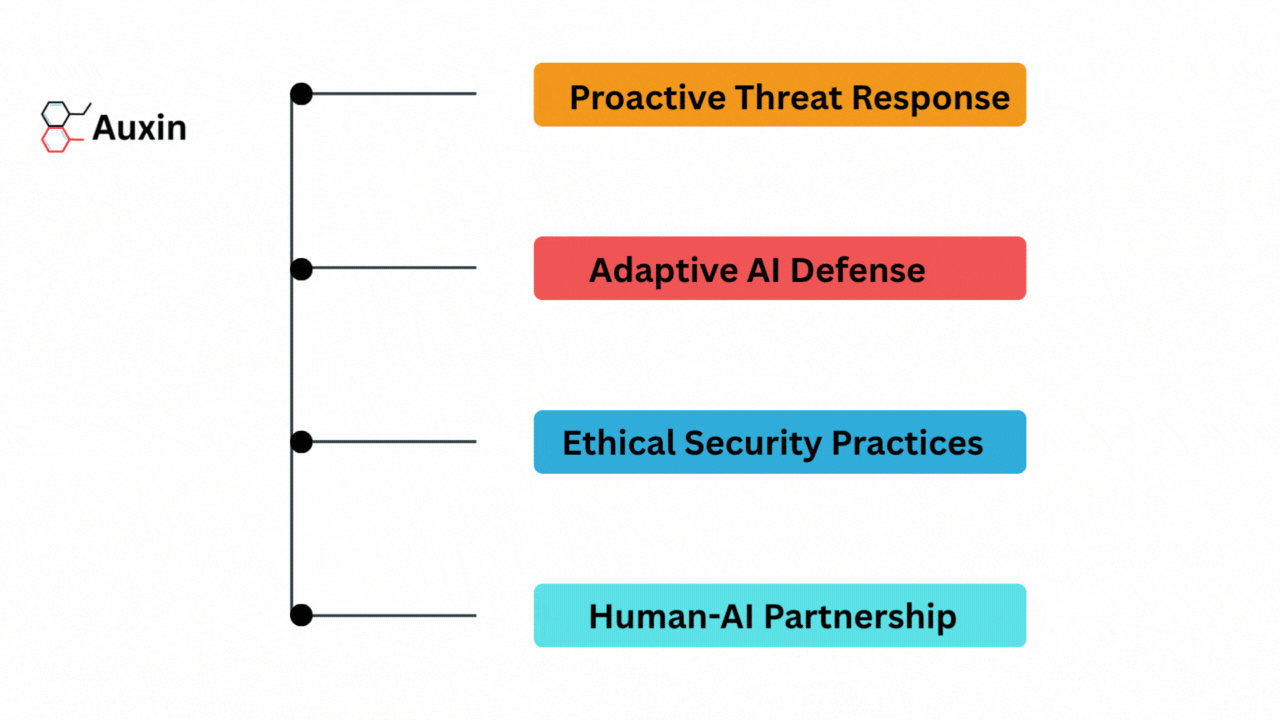Why More Businesses are Going Serverless
According to a report by McKinsey, serverless computing is growing in popularity due to its ability to reduce operational costs, increase scalability, and improve developer productivity. Such computing allows developers to focus solely on writing code without having to worry about server management or infrastructure maintenance. With serverless computing, applications can scale automatically, depending on the traffic or workload, without requiring additional resources.
This technology has become increasingly popular recently, especially among startups and small businesses, which can benefit from cost savings and reduced complexity. As a result, many cloud providers have begun to offer these computing options, making it more accessible to businesses of all sizes. Overall, the growing popularity of it reflects its potential to transform the way we develop and deploy applications, making it a significant trend to watch in the years ahead.

What Is Serverless Security?
It refers to the practices and tools to secure serverless computing environments. Since serverless computing shifts much of the infrastructure management responsibility to the cloud provider, it requires a different approach to security than traditional on-premise or virtual machine-based computing.
Serverless Security Risks
While such computing offers many benefits, some security risks should be considered. Here are some common serverless security risks:
- Injection attacks: Such functions that accept input from external sources, such as user input, are vulnerable to injection attacks, where malicious code is injected into the information and executed by the function.
- Insecure dependencies: These functions may rely on third-party libraries or services with vulnerabilities or security flaws, which attackers can exploit.
- Weak access controls: If access to these functions or resources is not restricted correctly, attackers may be able to gain unauthorized access and execute malicious code or steal sensitive data.
- Misconfigured functions: Improperly configured functions, such as those with excessive permissions or that rely on insecure storage or network configurations, can be exploited by attackers.
- Data exposure: Sensitive data stored or processed by such functions may be exposed if proper encryption and access controls are not in place.
- Denial-of-service attacks: These functions may be vulnerable to denial-of-service attacks, where attackers overwhelm the process with requests or other traffic, causing it to fail or become unavailable.
Serverless security practices
Organizations using serverless computing should implement robust security practices and tools to mitigate these risks, such as secure coding practices, access controls, monitoring and logging, encryption, and compliance with relevant regulations. Regular security testing and vulnerability scanning can also help identify and address potential security issues before attackers can exploit them.
It includes securing the code and application logic, as well as securing the underlying infrastructure and any third-party services used by the application. Some standard serverless security practices include:
- Securing function code: Such functions should be written and tested with security in mind to prevent vulnerabilities such as injection attacks or unauthorized access.
- Access management: Access to such functions and resources should be restricted to only authorized users or applications, using tools such as role-based access control (RBAC) or token-based authentication.
- Monitoring and logging: These environments should be monitored for potential security threats or anomalies, and logs should be retained to enable forensic analysis during a security incident.
- Encryption: Sensitive data should be encrypted using industry-standard encryption algorithms in transit and at rest.
- Compliance: Such applications should be designed and operated in compliance with relevant security and privacy regulations, such as GDPR or HIPAA.
- Third-party services: The application’s third-party services should be vetted for security and compliance, and access to those services should be secured and monitored.
Conclusion
Serverless security is essential for organizations using serverless computing to protect their applications and data against potential security threats.
Auxin’s entire product line will assist in addressing most of the serverless security challenges discussed above and help you implement the best practices for a seamless serverless product.







